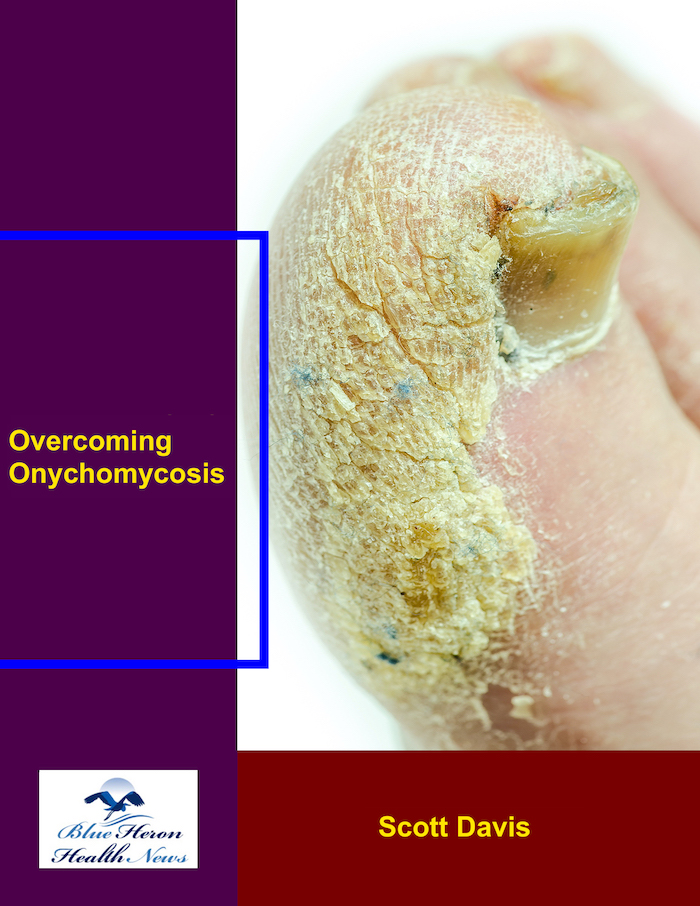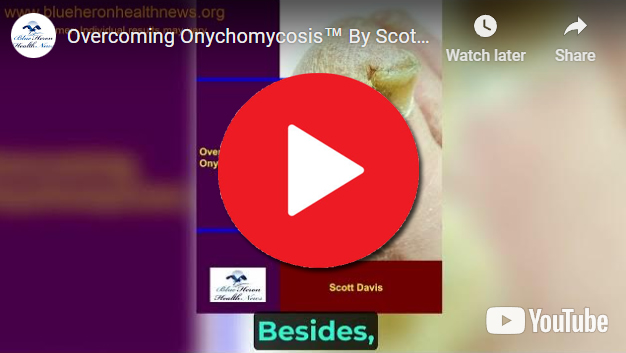
Overcoming Onychomycosis™ By Scott Davis It is a simple, natural, and all-in-one solution for onychomycosis. The program can help you to treat your nail fungus naturally. Once you follow this program, you do not need to spend on expensive treatments to prevent a recurrence. In brief, you can have a proven solution for your chronic nail fungus. Besides, the program is easy to follow, and most users find it effective against onychomycosis.
What is the role of pH monitoring in diagnosing acid reflux?
pH monitoring plays a crucial role in diagnosing acid reflux (gastroesophageal reflux disease, GERD) by objectively measuring the amount of acid that flows back from the stomach into the esophagus. This test is particularly useful when symptoms are unclear, when other diagnostic tests are inconclusive, or when the diagnosis of GERD is uncertain. Here’s how pH monitoring helps in diagnosing acid reflux:
1. Objective Measurement of Acid Reflux
- pH monitoring directly measures the pH level in the esophagus to assess acid exposure. Normally, the pH of the esophagus is slightly alkaline (around 7). If the pH drops below 4, it indicates the presence of stomach acid, which is considered acid reflux.
- The test can detect when and for how long the esophagus is exposed to acid, which is crucial for diagnosing GERD.
2. Types of pH Monitoring
There are two main types of pH monitoring used to diagnose acid reflux:
- Esophageal pH Testing (24-Hour Ambulatory pH Monitoring):
- A small tube (catheter) with a pH sensor is passed through the nose and into the esophagus. It remains in place for 24 hours, allowing continuous recording of esophageal pH levels during normal daily activities.
- This test measures both the frequency and duration of acid reflux episodes throughout the day and night, which can help identify nocturnal reflux (reflux that occurs while sleeping), which is often missed by symptoms alone.
- The patient can record symptoms such as heartburn or regurgitation during the test to correlate with pH changes, helping to establish a clear connection between symptoms and acid reflux episodes.
- Bravo pH Monitoring (Wireless pH Monitoring):
- This involves placing a small wireless pH sensor on the wall of the esophagus during an upper endoscopy. The sensor transmits pH data wirelessly to a receiver worn by the patient for 48 hours.
- The advantage of the Bravo system is that it allows the patient to be free of a catheter, making it more comfortable and less intrusive than traditional pH testing.
3. Assessing Acid Reflux Severity
pH monitoring helps determine the severity of acid reflux by measuring:
- Reflux frequency: How often acid reflux occurs (e.g., the number of reflux episodes per hour).
- Duration: How long each reflux episode lasts.
- Esophageal acid exposure time: The percentage of time that the esophagus is exposed to stomach acid (typically, more than 4-5% of the time during a 24-hour period is considered abnormal).
- Correlation with symptoms: By correlating reflux episodes with the patient’s symptoms (such as heartburn, chest pain, or regurgitation), the test can help confirm whether the symptoms are indeed due to acid reflux.
4. Differentiating GERD from Other Conditions
- Non-Acid Reflux: pH monitoring can distinguish between acid reflux (low pH) and non-acid reflux (reflux of bile or other substances). Non-acid reflux, which may be caused by bile or alkaline fluids, cannot be detected using traditional pH monitoring. However, specialized tests like multichannel intraluminal impedance (MII) testing can assess both acid and non-acid reflux.
- Functional Heartburn: pH monitoring can help identify cases of functional heartburn or atypical GERD where patients may experience GERD-like symptoms but without the presence of acid reflux. This is important for guiding appropriate treatment, as these patients may not benefit from acid-suppressing medications.
5. Guiding Treatment Decisions
- pH monitoring provides valuable information that can guide treatment decisions. For example:
- Medical Therapy: If significant acid reflux is detected, the physician may recommend acid-suppressive therapies like proton pump inhibitors (PPIs) or H2 blockers to reduce stomach acid production.
- Surgical Intervention: In cases where medical therapy does not provide sufficient relief, or if the reflux is severe, the test results can help determine if surgical intervention, such as fundoplication (a procedure to tighten the lower esophageal sphincter), may be necessary.
6. Assessing Refractory GERD
- For patients who continue to have symptoms despite adequate acid-suppressive treatment (i.e., refractory GERD), pH monitoring can help confirm whether ongoing symptoms are due to acid reflux or if another underlying condition (e.g., esophageal motility disorders, bile reflux, or gastritis) is contributing to the symptoms.
- It can also help assess whether the current treatment regimen is effective in controlling acid reflux.
7. Monitoring After Surgery
- For patients who undergo surgery for GERD, such as a fundoplication, pH monitoring can help assess whether the surgery was successful in reducing acid reflux and controlling symptoms.
Limitations of pH Monitoring:
- Discomfort: Traditional esophageal pH monitoring requires the patient to wear a catheter, which can be uncomfortable and inconvenient for some individuals.
- Not Always Conclusive: pH monitoring is useful for diagnosing acid reflux but may not always explain non-reflux-related symptoms, such as those caused by functional dyspepsia or esophageal hypersensitivity.
- Misses Non-Acid Reflux: Standard pH monitoring cannot detect non-acid reflux (e.g., bile reflux), which may be a cause of symptoms in some patients.
Conclusion:
pH monitoring is a valuable diagnostic tool for assessing the presence and severity of acid reflux and for guiding appropriate treatment strategies. It helps to objectively measure acid exposure in the esophagus, differentiate GERD from other conditions, and assess the effectiveness of treatments. Although it has some limitations, especially in detecting non-acid reflux, it remains an important tool in the comprehensive diagnosis of acid reflux, particularly when symptoms are not clearly correlated with reflux or when more invasive interventions (such as surgery) may be considered.
Overcoming Onychomycosis™ By Scott Davis It is a simple, natural, and all-in-one solution for onychomycosis. The program can help you to treat your nail fungus naturally. Once you follow this program, you do not need to spend on expensive treatments to prevent a recurrence. In brief, you can have a proven solution for your chronic nail fungus. Besides, the program is easy to follow, and most users find it effective against onychomycosis.
